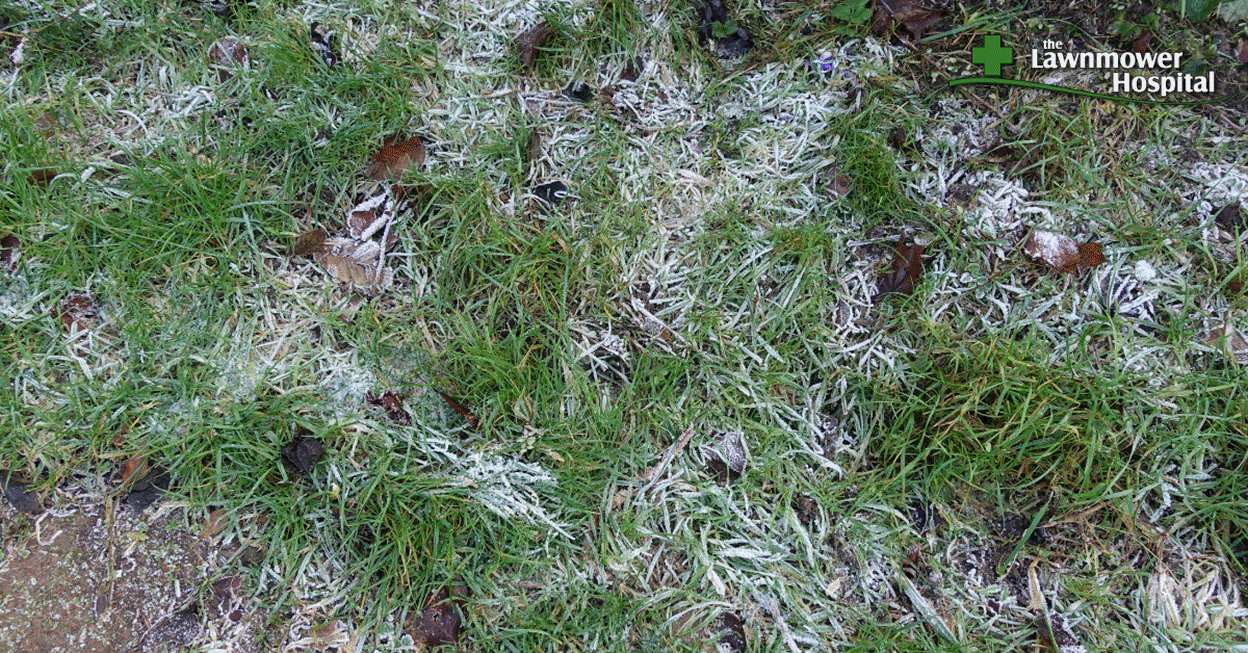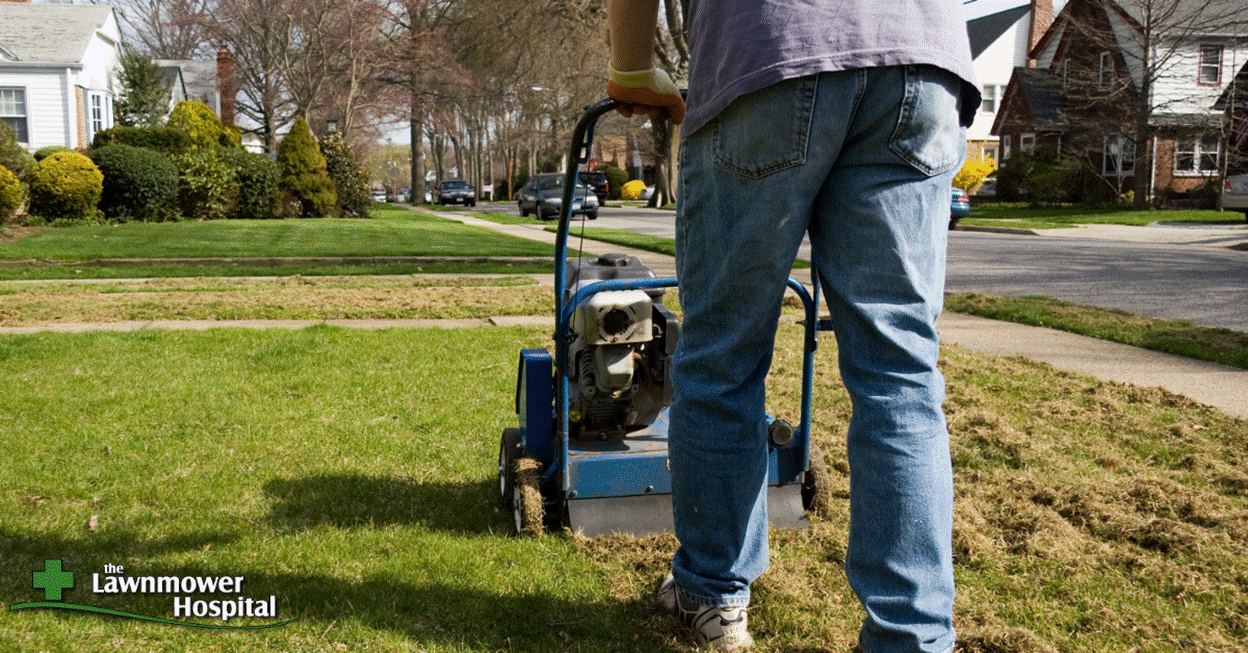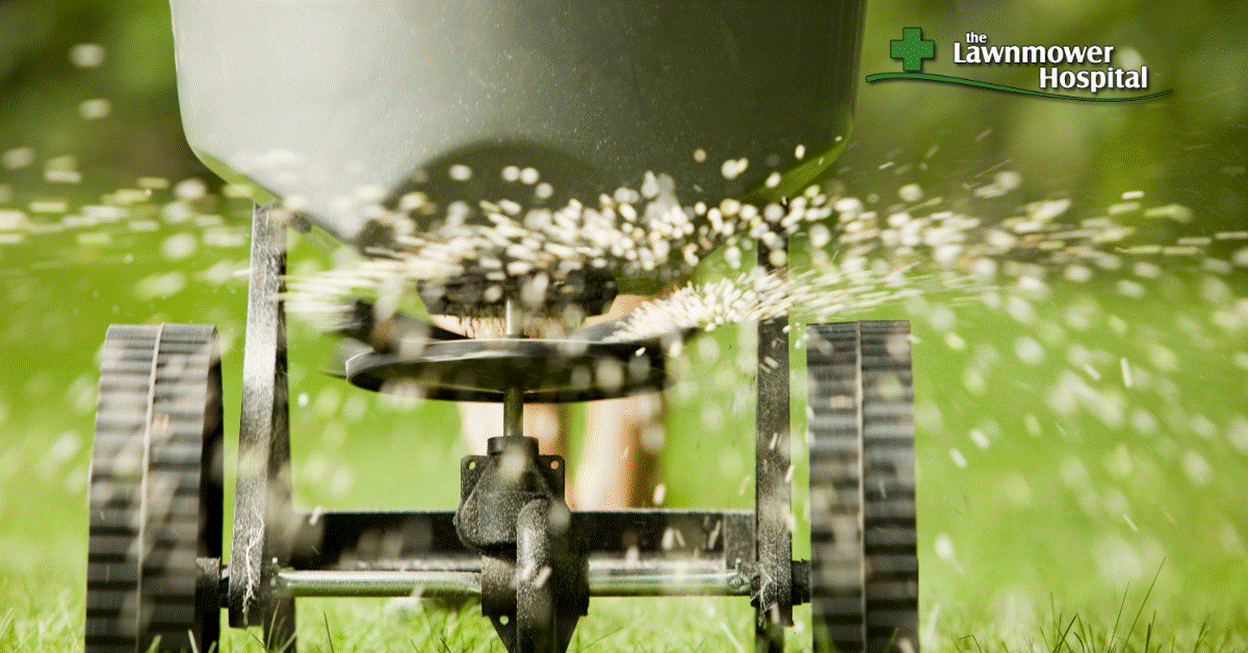Essential Lawn Care Tools for Spring: From Aerators to Seeders
Revitalize Your Lawn This Spring with the Right Tools for Aeration, Seeding, and Thatch Removal
As the snow melts and the weather warms, homeowners across Canada prepare to breathe life back into their lawns. Spring is the time to get your lawn ready for the upcoming season, and having the right tools for aeration, seeding, and thatch removal is crucial. With the right equipment in hand, your lawn can thrive, becoming the vibrant, green oasis you've always wanted.
Why Lawn Care Tools Matter in Spring
Spring lawn care is different from the routine maintenance of the warmer months. The damage caused by the harsh winter conditions, whether from snow mold, frost, or compacted soil—requires a careful, methodical approach. With the right tools, tasks like aeration, dethatching, and overseeding become manageable, enabling your lawn to recover and grow stronger.
From preparing the soil to ensuring optimal moisture and nutrients, a few key lawn care tools can transform your yard. Here are some of the most essential tools for spring lawn care and how to use them effectively.

1. Aerators: Breathing Life into Your Lawn
One of the most essential tools for spring lawn care is the aerator. Aeration is crucial because it alleviates soil compaction, which often builds up after months of snow, rain, and frost. Compacted soil restricts water, air, and nutrients from reaching the roots of your grass, resulting in a weak and patchy lawn.
Aerating your lawn allows for better root growth and helps your lawn absorb water and nutrients more effectively. There are two types of aerators to consider: spike aerators and core aerators.
- Spike Aerators: These tools punch holes into the soil, making them ideal for smaller yards with moderate soil compaction.
- Core Aerators: Core aerators, which remove small plugs of soil, are better suited for larger lawns with significant thatch buildup.
Spring is the best time to aerate, ideally when the soil is slightly moist and the grass is beginning to grow. Aeration helps ensure your lawn is well-prepared to absorb fertilizers and water throughout the season.

2. Dethatchers & Power Rakes: Clearing the Way for Growth
Another tool that plays an important role in spring lawn care is the dethatcher. Thatch is the layer of dead grass, roots, and other organic matter that builds up on the surface of your lawn. While a small amount of thatch is beneficial, excessive thatch can block water and nutrients from reaching the roots, causing your lawn to thin and become unhealthy.
Dethatching is the process of removing this layer. A dethatcher uses blades to cut through the thatch, allowing air, water, and nutrients to penetrate the soil. For smaller yards with light thatch buildup, a manual dethatcher should suffice. However, if you have a larger yard or thicker thatch, a power rake is a more effective tool. A power rake uses a set of spinning tines to aggressively break through the thatch layer and pull it to the surface. By doing so, it also helps loosen compacted soil, enabling better growth for the grass.
It's important to dethatch or power rake your lawn before aerating to ensure better air circulation and nutrient penetration.
3. Seeders: Enhancing Lawn Density with Quality Grass Seed
After aerating and dethatching, it’s time to overseed your lawn. Seeding fills in bare spots and thickens the grass to help combat weeds and pests. Overseeding is particularly important for lawns that have been damaged by winter conditions, such as frost or snow mold.
When selecting grass seed, consider your lawn's specific needs. In Canada, cool-season grass varieties like Kentucky bluegrass, fescue, and ryegrass are ideal for the climate. Choose a seed blend suited to your region, soil, and sunlight conditions. For uniform application, use a broadcast or drop spreader to evenly distribute the seed.
For best results, sow the seed evenly across the lawn and cover it lightly with a thin layer of soil. Ensure the seed is kept moist until it germinates, and water deeply once the grass reaches about 2 inches in height.

4. Fertilizer: Feed Your Lawn with the Right Nutrients
To ensure your lawn stays healthy and vibrant throughout the growing season, fertilization is essential. Applying a slow-release fertilizer in spring provides essential nutrients for growth. Fertilizers are available in many varieties, but it’s crucial to choose the right one based on your soil's needs and your lawn's requirements.
For Canadian lawns, 46 Lawn Fertilizeris a great option. Known for its effectiveness, this fertilizer provides the right balance of nutrients to help your lawn grow strong and stay lush. Apply it in early spring to provide your grass with the nourishment it needs for optimal growth.
5. Hoses and Sprinklers: Ensuring Proper Watering
Once your lawn is seeded and fertilized, proper watering becomes paramount. Inconsistent watering can lead to weak root growth, which makes your lawn more susceptible to disease and pests.
Hoses and sprinkler systems are the go-to tools for watering your lawn. When watering, it's important to water deeply and infrequently to encourage strong root growth. Consider using an oscillating sprinkler for even coverage or a rotary sprinkler for more targeted watering. If you prefer an automated approach, an inground sprinkler system with a timer can provide consistent moisture at optimal times during the day.

Preparing Your Lawn for the Summer
Spring lawn care is the foundation for a healthy, beautiful lawn that can withstand the heat of summer. By investing in the right tools—like aerators, dethatchers, seeders, spreaders, and sprinklers—you can ensure your lawn gets the care it needs to thrive. Whether you’re a first-time homeowner or a seasoned gardener, these essential tools will help you revitalize your lawn and keep it looking its best all season long.
If you're ready to tackle your lawn care this spring, explore our collection of lawn tools atLawn Mower Hospital. From aerators and dethatchers to seeders and mowers, we have everything you need to make your lawn the envy of the neighborhood. Let’s get your lawn spring-ready today!